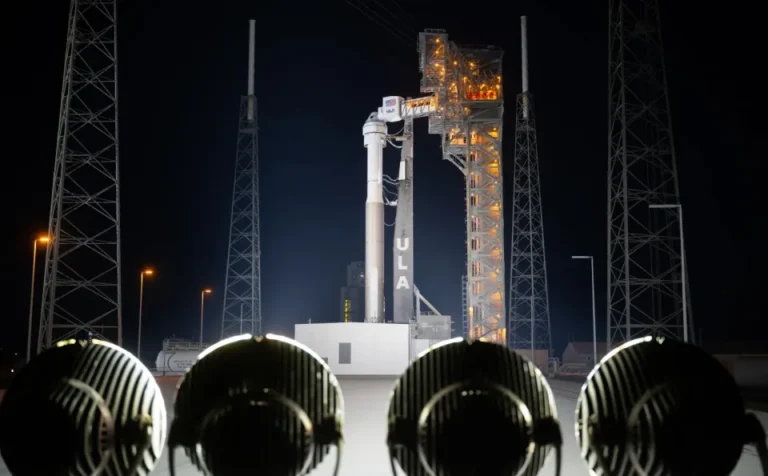There have been multiple delays while engineers attempt to fix a helium leak.
More than two weeks after the date that was initially slated for the launch of the Starliner capsule, the first crewed flight of the capsule has not yet taken off, and there is going to be at least one more week of waiting and uncertainty until it does. As engineers continue to evaluate the vehicle in the wake of the discovery of a helium leak from the propulsion system earlier this month, NASA made the announcement last night that the Starliner team is now aiming for a launch date of June 1. In the event that the effort on June 1 is not successful, it will have more opportunities to fly on June 2, June 5, and June 6.
The launch attempt scheduled for May 25 was canceled by NASA on Tuesday night, and the agency did not provide a new date for the mission. At first, it appeared as though the mission might be delayed into the indefinite future. According to SpaceNews, NASA stated at the time that it will “share more details once we have a clearer path forward.” The National Aeronautics and Space Administration (NASA) stated in a blog post that was published on Wednesday evening that the leak is still steady, but that the teams are still working “to assess Starliner performance and redundancy.” In addition to this, it intends to undertake another readiness analysis of the vessel and conduct another evaluation of the propulsion system “to understand potential helium system impacts on some Starliner return scenarios.”
Due to the discovery of a malfunctioning oxygen relief valve on the United Launch Alliance Atlas V rocket that was carrying Starliner, the initial launch attempt that was scheduled to take place at the beginning of the month was scrapped. Additionally, the valve was replaced by the engineers, and the Starliner was scheduled to take off later that week; however, the flight attempt was also delayed. It was disclosed by NASA on May 14 that engineers were seeking to find a solution to a helium leak that was occurring in the spacecraft’s propulsion system. A few days later, NASA provided an update in which they stated that the leak was “stable and would not pose a risk at that level before, during, or after the flight.” It was at that time that a new intended launch date was established, which was subsequently deferred.
Up to this moment, the development of Starliner has been marked by delays; nevertheless, given that two astronauts, namely Butch Wilmore and Suni Williams, will be participating in this trip, the stakes are exceptionally high; now is not the time to begin taking shortcuts. According to Steve Stich, the manager of NASA’s Commercial Crew Program, “there has been a great deal of exceptional analysis and testing over the last two weeks by the joint NASA, Boeing, and ULA teams” in order to address the issues that have surfaced. This statement was made on Wednesday.
Stich stated that it was essential for them to take their time in order to fully comprehend all of the complexity that are associated with each issue. These complications include the redundant capabilities of the Starliner propulsion system as well as any ramifications that may have an effect on their Interim Human Rating Certification. “After the entire community has reviewed the teams’ progress and flight rationale at the upcoming Delta Agency Flight Test Readiness Review, we will launch Butch and Suni on this test mission,” the statement reads.
As at 10:08 a.m. Eastern Time on May 23, 2024: An update has been made to this article to include fresh launch options that were announced by NASA on Wednesday night. Additionally, additional information regarding the review process that will take place prior to the flight has been included.

